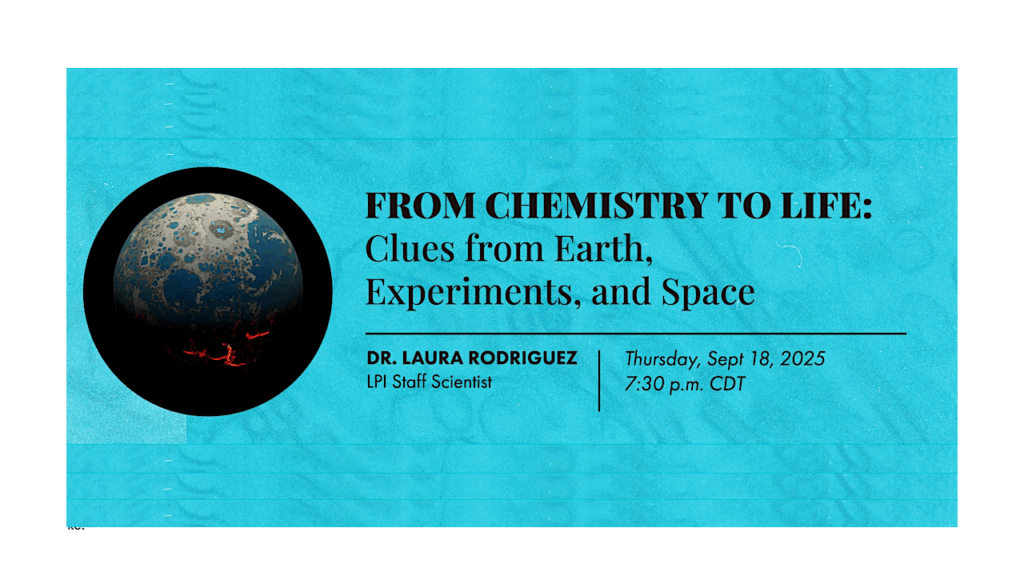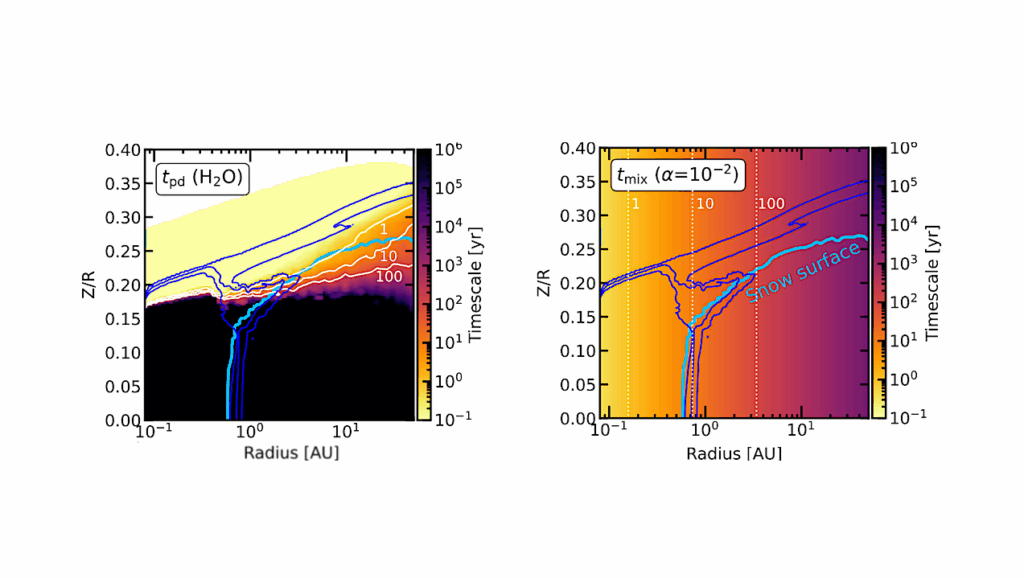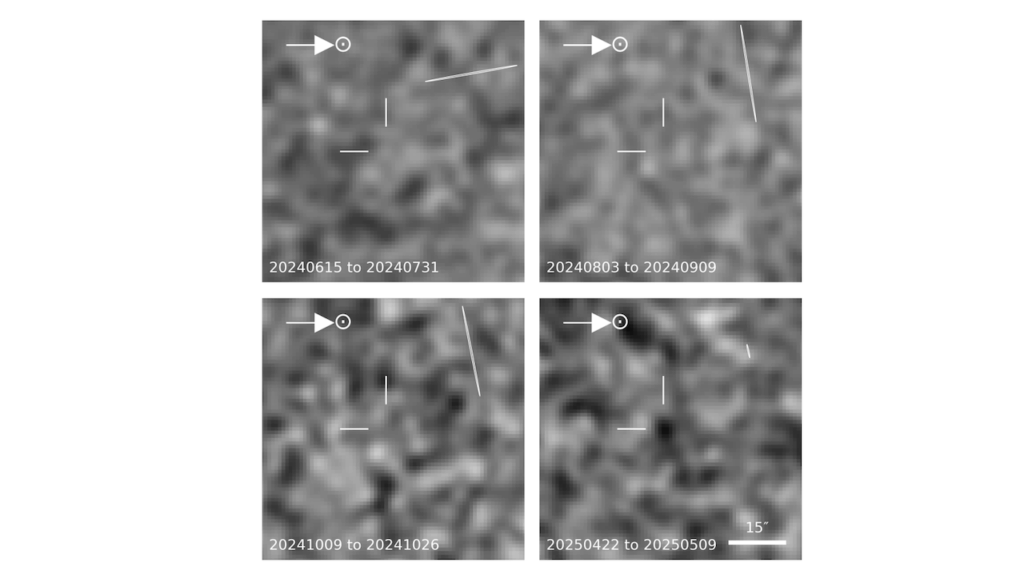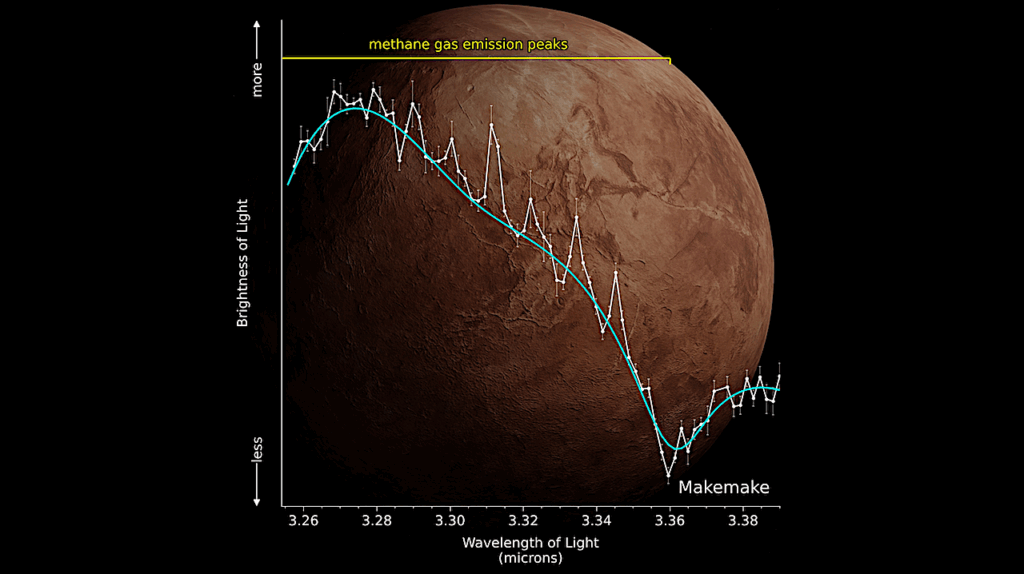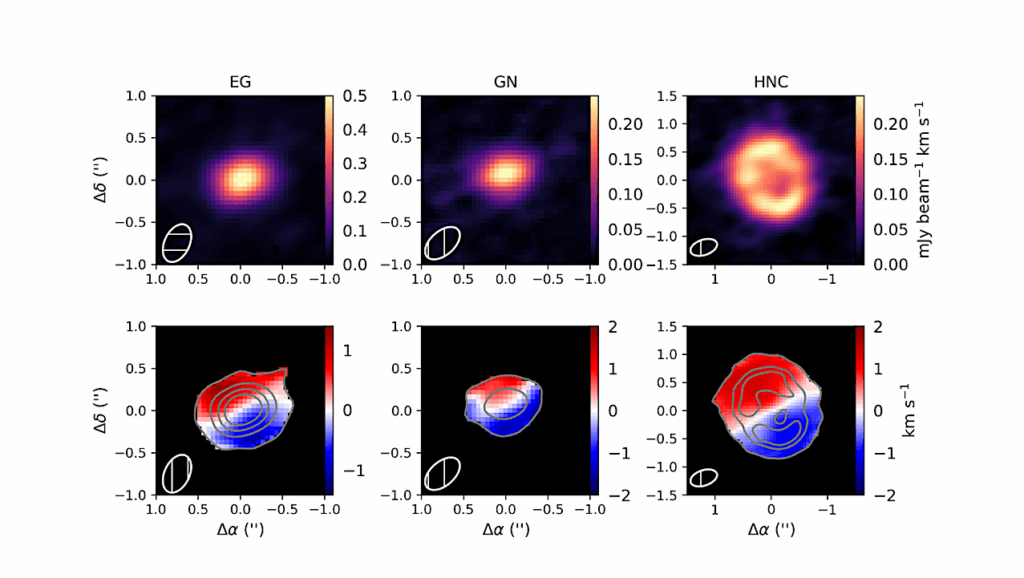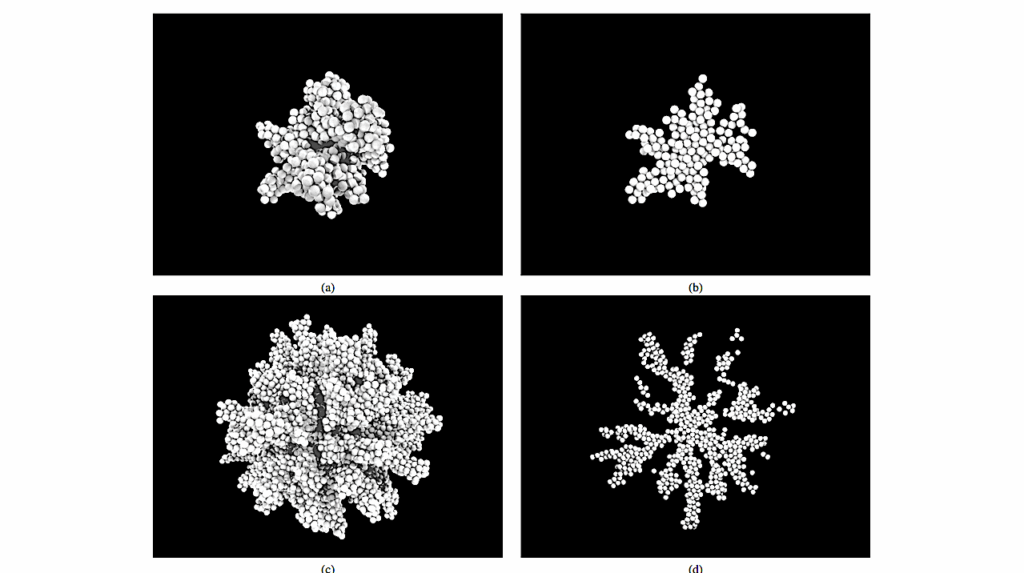The Potential of the SPHEREx Mission for Characterizing PAH 3.3 μm Emission in Nearby Galaxies
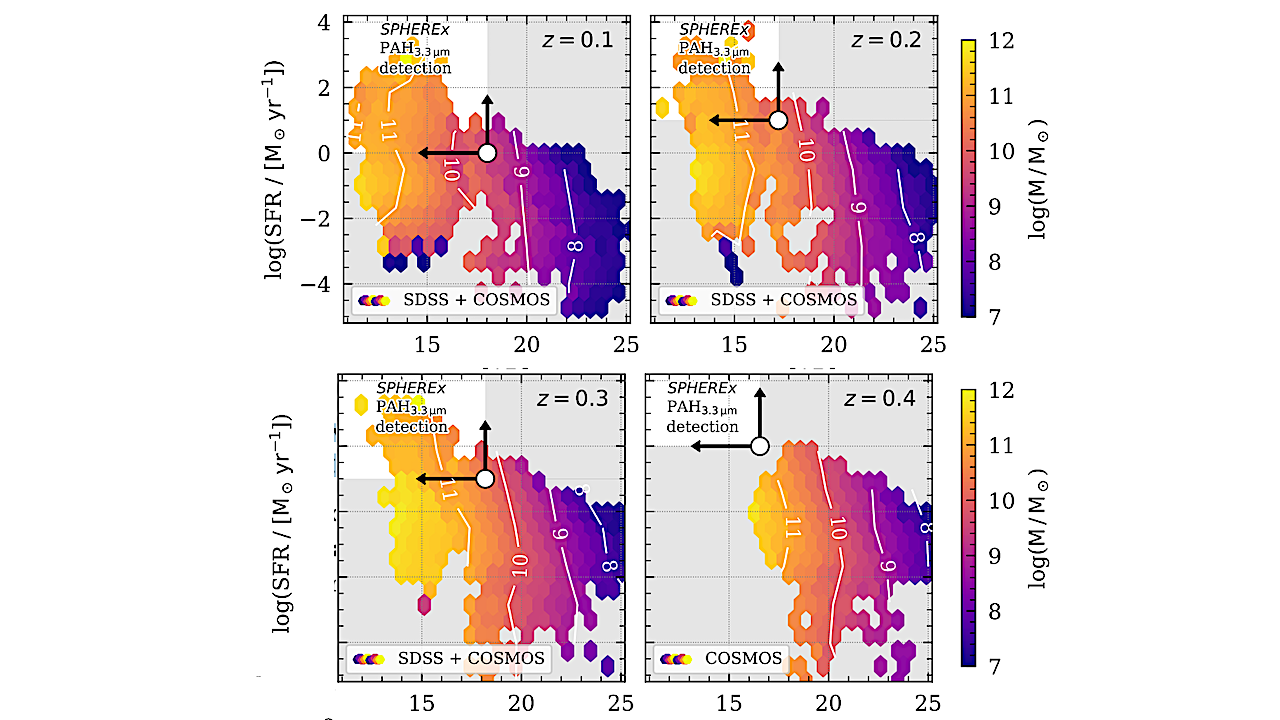
Dust is a key galaxy component together with gas, stars, and central supermassive black holes, playing a crucial role in stellar and galaxy evolution.
Hence, it is critical to understand galaxies’ dust content and properties across cosmic time in order to better understand how galaxies evolve. In addition to photometric constraints on the absorption of blue light and its re-emission at infrared (IR) wavelengths, the detailed dust grain properties can be explored spectroscopically via Polycyclic Aromatic Hydrocarbon (PAH) emission bands in the mid-IR.
The new SPHEREx space telescope will conduct an all-sky spectrophotometric survey of stars and galaxies at wavelengths of 0.75-5 μm, making it ideal for studying the widespread presence of the 3.3 μm PAH emission across entire galaxy populations out to z~0.4. In the present paper, we performed realistic simulations of galaxy spectra to investigate the capability of SPHEREx to study PAH emission in galaxies up to z=0.4.
We find that for the all-sky survey, the PAH 3.3 μm emission band flux can be measured to an accuracy of 30% at log(M/M⊙)>9.5 and Star Formation Rate (SFR)>1 M⊙ yr−1 at z=0.1, log(M/M⊙)>10.5 and SFR>10 M⊙ yr−1 at z=0.2-0.3, and log(M/M⊙)>11 and SFR>100 M⊙ yr−1at z=0.4. In the deep SPHEREx fields, a factor of ~10 deeper sensitivity limits can be reached. Overall, SPHEREx will enable the measurement of the 3.3 μm PAH band emission in a several hundred thousand galaxies across the sky.
Given that PAH emission originates from interactions between small dust grains (“nano grains”) and ultraviolet radiation from young stars, these measurements will provide a population study of the smallest dust grains and radiation properties in massive galaxies in the nearby Universe.
Edward Zhang, Andreas L. Faisst, Brendan Crill, Hanae Inami, Thomas Lai, Youichi Ohyama, Jeonghyun Pyo, Rachel Akeson, Matthew L. Ashby, James J. Bock, Yun-Ting Cheng, Yi-Kuan Chiang, Asantha Cooray, Olivier Dore, Richard M. Feder, Yongjung Kim, Bomee Lee, Daniel C. Masters, Gary Melnick, Roberta Paladini, Michael W Werner
Comments: 10 pages, 4 figures. Submitted to ApJ
Subjects: Astrophysics of Galaxies (astro-ph.GA)
Cite as: arXiv:2503.21876 [astro-ph.GA] (or arXiv:2503.21876v1 [astro-ph.GA] for this version)
https://doi.org/10.48550/arXiv.2503.21876
Focus to learn more
Submission history
From: Edward Zhang
[v1] Thu, 27 Mar 2025 18:00:07 UTC (1,960 KB)
https://arxiv.org/abs/2503.21876
Astrobiology, Astrochemistry,


